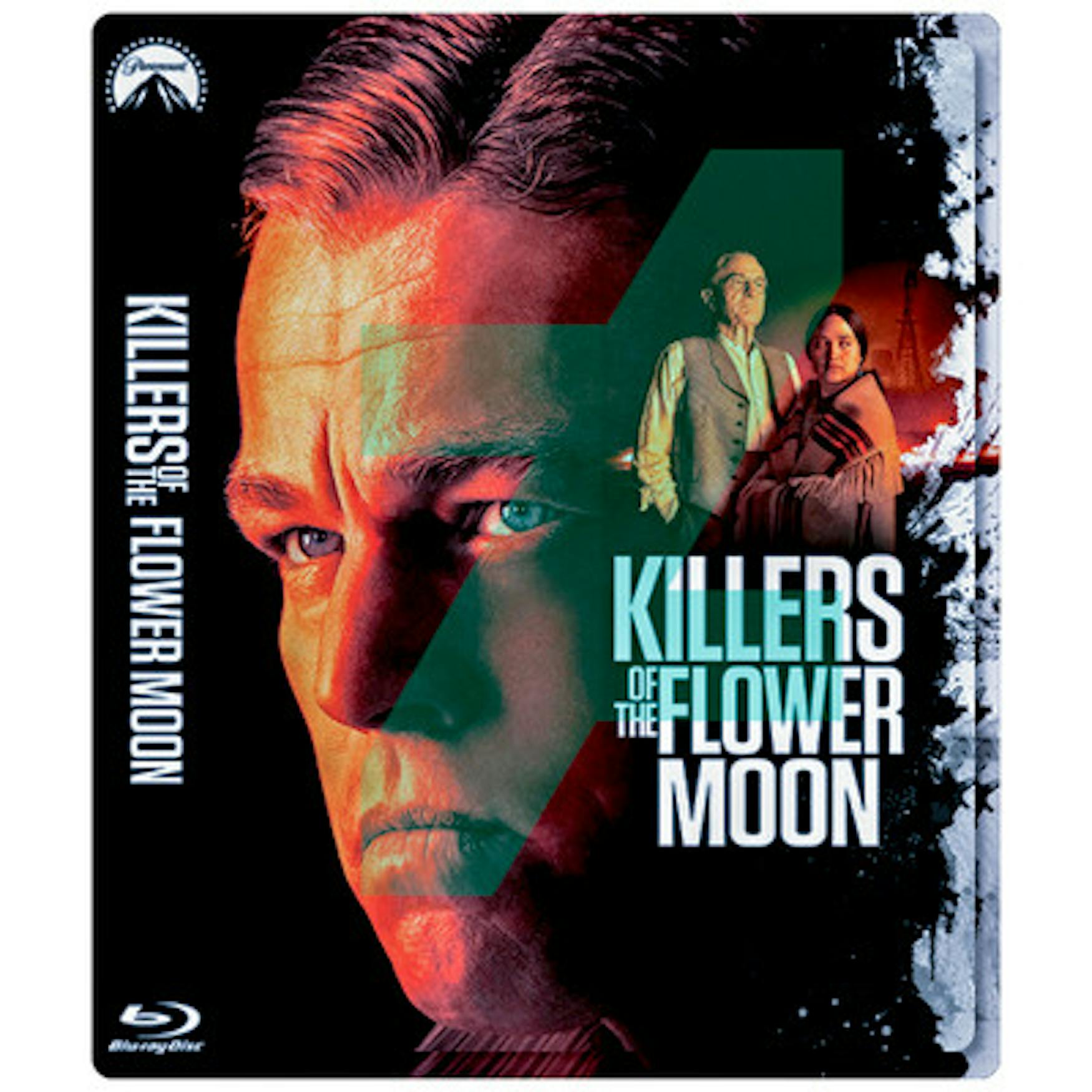'Killers of the Flower Moon' and Hollywood's ongoing struggle for representation
The Oscars, with their glamorous red carpets and golden statuettes, serve as pinnacle of recognition in U.S. cinema. Yet, they are much more than a mere ceremony; they symbolize a cultural moment and a snapshot of the narratives that captivate audiences and capture the imagination of the industry. They are a reflection of the ever-evolving landscape of filmmaking, where stories become vessels for societal commentary and artistic expression. In the case of Martin Scorsese's magnum opus, "Killers of the Flower Moon," its journey from Osage County to the stage of the Academy Awards mirrors a broader narrative of Indigenous representation in Hollywood.
Filmed against the backdrop of Osage County in 2021, "Killers of the Flower Moon" was a cinematic odyssey that delved into a dark and often overlooked chapter of American history. Set in the 1920s during the infamous "Reign of Terror," the film chronicled the brutal murders of Osage Nation citizens by white individuals seeking to plunder their oil. It was a narrative that resonated not only for its historical significance but also for its timely exploration of systemic injustice and the resilience of Indigenous communities.
Despite critical acclaim and anticipation, "Killers of the Flower Moon" found itself in fierce competition at the 96th Academy Awards, particularly against Christopher Nolan's "Oppenheimer," which swept the awards with seven wins, including Best Picture. However, it was Emma Stone's unexpected victory over Lily Gladstone in the Best Actress category that underscored the challenges faced by Indigenous representation in Hollywood.
Lily Gladstone's portrayal in "Killers of the Flower Moon" was nothing short of groundbreaking. As an Indigenous actress, her performance captured the nuances of her character with authenticity and depth, shining a spotlight on the talent and storytelling prowess within Indigenous communities. Yet her loss to Stone, while undoubtedly a testament to Stone's own talent, highlights the persistent struggle for recognition and visibility faced by Indigenous artists in mainstream cinema and representation in Hollywood.
Prior to the Oscars event, there was widespread anticipation and excitement surrounding the potential victory of Gladstone. Having already secured accolades such as a Screen Actors Guild award and a Golden Globe, Gladstone was poised to make history as the first Native American to win an Oscar in the ceremony's nearly century-long history. In her acceptance speech at the Golden Globe awards in January, Gladstone dedicated her win to "every little rez kid, every little urban kid, every little Native kid out there who has a dream."
Throughout the extensive history of the Academy Awards, a glaring absence looms: the lack of recognition for Indigenous North American talent in the competitive acting categories. To date, no Indigenous individual has secured a competitive Oscar for acting, underscoring a longstanding disparity in Hollywood's acknowledgment of diverse narratives. Gladstone is only one of the five Indigenous performers in the history of the Academy Awards who have been honored with a nomination or an honorary award.
The significance of Indigenous representation extends far beyond awards ceremonies and red carpets. It's about the power of storytelling to shape perceptions, challenge stereotypes, and reclaim narratives that have long been marginalized or silenced. In the case of "Killers of the Flower Moon," the film served as a platform to amplify the voices of the Osage Nation and shed light on a colonial history that had been buried beneath layers of erasure and neglect.
However, the film's journey to the Oscars also laid bare the systemic barriers that continue to hinder Indigenous representation in the industry. From limited opportunities for Indigenous actors and filmmakers to the perpetuation of harmful stereotypes and whitewashing, the road to equitable representation remains fraught with challenges.
The success of "Oppenheimer" at the Oscars, while undoubtedly deserving, further underscores the need for a more inclusive and diverse landscape in Hollywood. It's not enough to simply tell stories; we must also ensure that those stories are told authentically and responsibly with the participation and input of the communities they represent.
As we reflect on the 96th Academy Awards and the legacy of "Killers of the Flower Moon," let us not only celebrate the achievements of those who were recognized but also double our efforts to amplify Indigenous voices and stories in cinema. Only then can we truly honor the richness and diversity of our shared human experience.



Please note All comments are eligible for publication in The Justice.